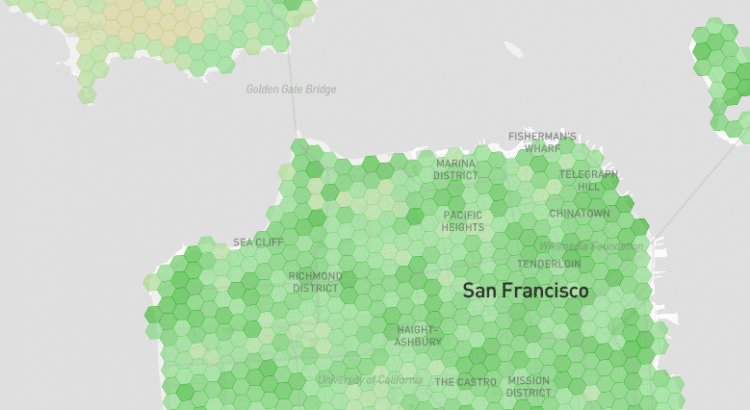T-Mobile plans to buy U.S. Cellular’s almost 5 million subscribers, all of U.S. Cellular’s stores, and some of U.S. Cellular’s spectrum. The deal is expected to close in mid-2025 and will likely involve a final price between 4 and 5 billion dollars.
While I’m often not a fan of consolidation in the wireless industry, the writing has been on the wall for U.S. Cellular. The deal still needs to make it past regulators, but I don’t expect major hurdles getting in the way of approval.
While U.S. Cellular and T-Mobile’s networks remain distinct, I’ll continue to offer a map of U.S. Cellular’s coverage that’s accessible from the coverage map’s settings menu.













